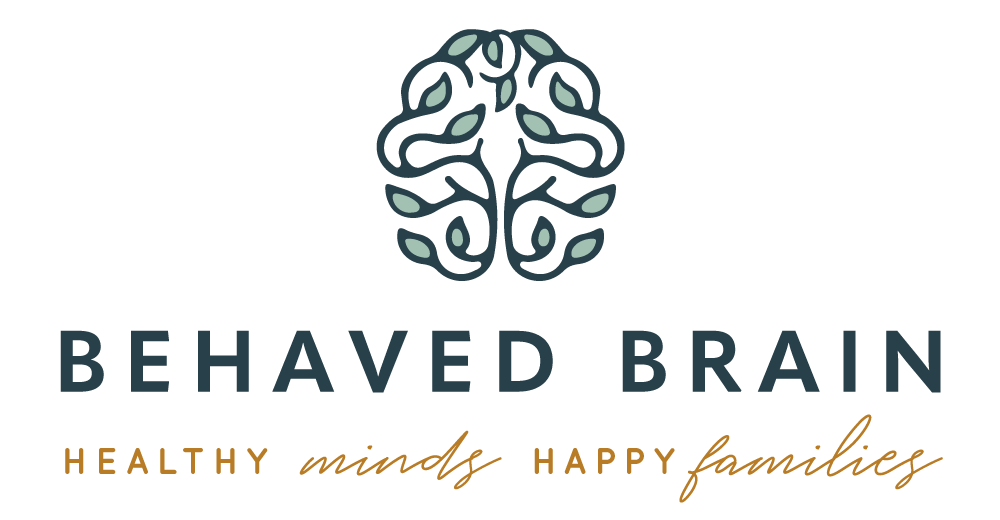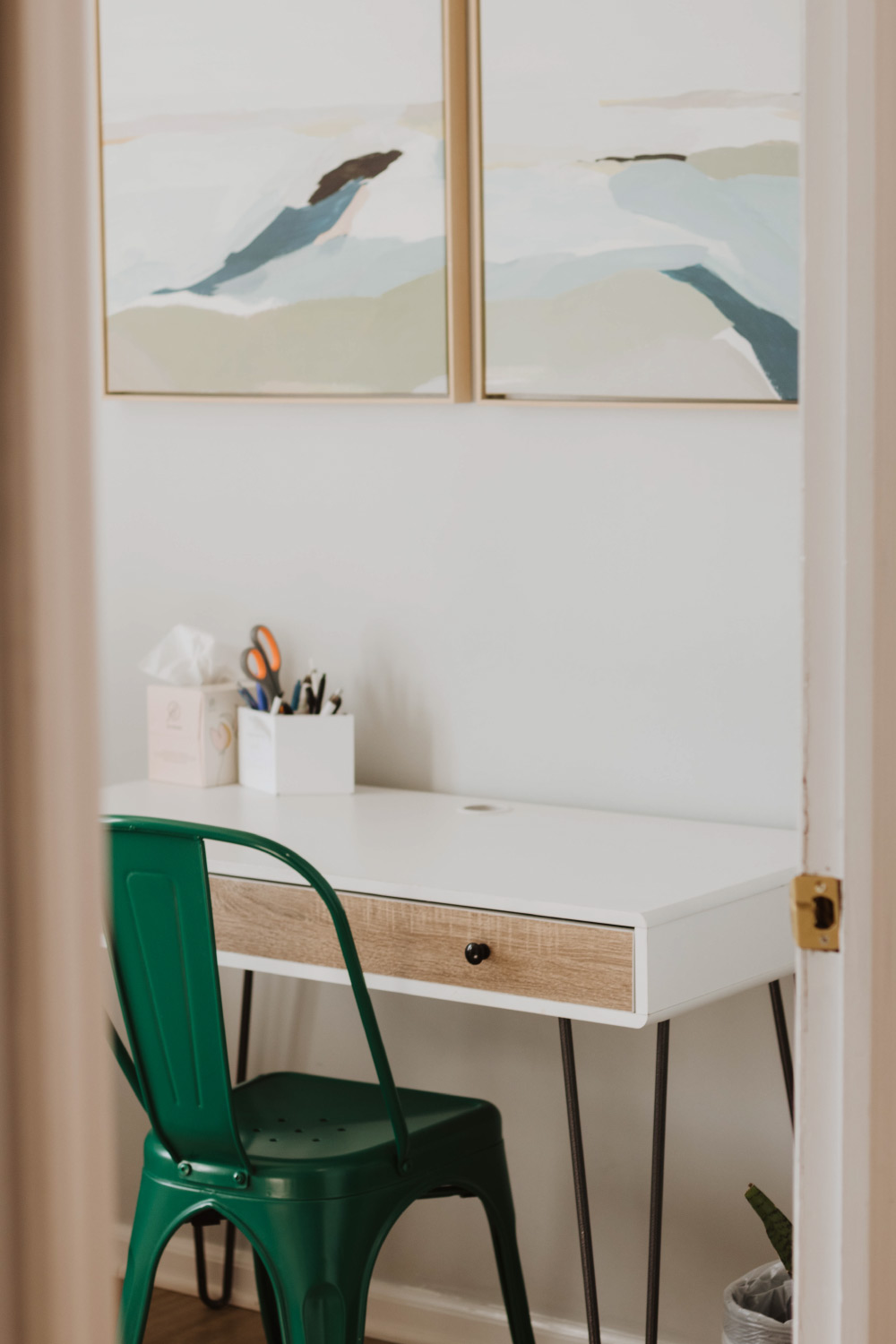When thinking of therapy, one might wonder how play can be a part of therapy? How does it work? Maybe at home, as parents or caregivers, you find yourself watching your child play and what it means. How do they play? What do they use to play? Maybe you see your child engaging in the same activity or even watching the same movie frequently. As parents, we often worry about our children’s development, behavior, and relationships with others. Will play therapy improve these areas? If so, how?
There has often been this misconception that play therapy is not a legitimate approach to therapy. According to an article written by Bethany Bay, “The Therapy Behind Play Therapy,” Bay explains what play therapy is, the process, and the science behind it. The article describes how clients can benefit from this specific type of room by being able to watch how a child plays. In addition, it helps pick up cues about the child’s development, behavior, and how they interact. Play also establishes cues for the therapist to understand the child’s attachment level and, overall, more understanding of the presenting issue.
The Benefits
As we watch our children, we wonder what the route of their behavior is? Having a client in a play therapy session as therapists gives us the sole opportunity to observe a child. The way a child plays with particular objects, toys, dolls, art, etc., may reveal hidden messages linked to an individual’s behavior. Setting up this type of environment for clients is beneficial in many ways. The client has the opportunity to go into the room and choose what they want to play with, how they want to play and have an overall non-judgmental environment as they play.
According to a book edited by David A. Crenshaw, “Play Therapy- A Comprehensive Guide to Theory and Practice,” play is natural and simply fun. Through play, children can even reflect on their own behavior with time, of course. As a therapist observes a child during these sessions, it allows us to explore a child’s communicative and learning processes. As therapists, we can give feedback to parents or caregivers and guide them to learn how to play with their children. With this information, it gives a better understanding to the parents on what their child needs.
It’s Enjoyable and Entertaining for Children
The main challenge we may face as therapists is that children may not want to come to therapy. How can therapy be fun for children? Getting children to talk to us about their lives may be challenging to do in a conversation format. It allows discovering these hidden messages and evaluating what they mean. As we develop more rapport and trust with clients, it enables therapists to teach, educate, and learn how to improve the presenting issue for the family.
In fact, there are many approaches you can further read about in “Play Therapy- A Comprehensive Guide to Theory and Practice”, we can explore and discover the best approach for each client. Whether it is relationship building, misbehavior, anxiety, or even simply learning how to play, it creates clients to freely express themselves naturally while having therapy incorporated into it.
https://ebookcentral.proquest.com/lib/wpunj-ebooks/reader.action?docID=1760717







